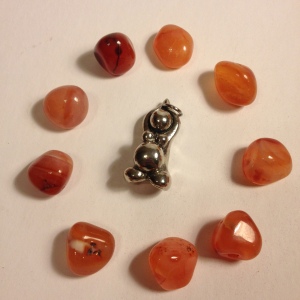‘Sheila taught me, from an early age, that the personal was political – not just by what she said but by what she did. As I was growing up I learnt from her campaigns for freedom and choice in childbirth that passionate and committed individuals can create social change. She never hesitated to speak truth to power. –Prof. Celia Kitzinger, Sheila’s oldest daughter
via Sheila Kitzinger 1929-2015 | Pinter & Martin Publishers.
Yesterday morning, I learned that childbirth education trailblazer, maternity activist, and phenomenally influential author, Sheila Kitzinger has died. By the end of the evening, her name was coming up as “trending” on Facebook, which is the first time I’ve ever noticed anything flagged for me as trending that wasn’t mainstream celebrity-related, holiday, sporting-event, OR horrible tragedy, disaster, or scandal related. So, Sheila continues to break new ground in maternity care activism!
My own work with birth and my philosophy of birth education and activism has been deeply shaped by this marvelous woman. She is one of my all-time favorite childbirth authors and may be the most quoted person on my blog! In fact, as I was scrolling through old posts to find some to share in memorial, I had to quit looking after the fourth page of search results because there were simply too many. Here are some of the ones I did find:
I agree with anthropologist Sheila Kitzinger who said that, “In any society, the way a woman gives birth and the kind of care given to her and the baby points as sharply as an arrowhead to the key values of the culture.” Our current birth culture does not value women and children. Though my focus is usually on the women, it also doesn’t much value men or fathers either. I also agree with Kitzinger’s assessment that, “Woman-to-woman help through the rites of passage that are important in every birth has significance not only for the individuals directly involved, but for the whole community. The task in which the women are engaged is political. It forms the warp and weft of society.”
Same quotes used in two other posts:
These concepts—and the lack of a similar one in American culture—reminds me of a quote from Sheila Kitzinger that I use when talking about postpartum: “In any society, the way a woman gives birth and the kind of care given to her and the baby points as sharply as an arrowhead to the key values of the culture.”
via Some reminders for postpartum mamas & those who love them | Talk Birth.
And, Rites of Passage… Celebrating Real Women’s Wisdom | Talk Birth.
Touching on the political aspects of birth culture:
“In acknowledging woman-to-woman help it is important to recognize that power, within the family and elsewhere, can be used vindictively, and that it is not only powerful men who abuse women; women with power may also abuse other women.” –Sheila Kitzinger
Personally influential to my own labors:
During my first labor, I experienced what Sheila Kitzinger calls the “rest and be thankful stage” after reaching full dilation and before I pushed out my baby. The “rest and be thankful stage” is the lull in labor that some women experience after full dilation and before feeling the physiological urge to push. While commonly described in Kitzinger’s writings and in some other sources, mention of this stage is absent from many birth resources and many women have not heard of it.
And, my own personal postpartum care: Ceremonial Bath and Sealing Ceremony | Talk Birth.
Her books shaped birth HERstory:
Women’s (Birth) History Month | Talk Birth.
And, my own birth education philosophy (as well as my core value in working with women):
Labour is a highly personal experience, and every woman has a right to her own experience and to be honest about the emotions she feels. Joy tends to be catching, and when a teacher has enjoyed her own births this is valuable because she infuses her own sense of wonder and keen pleasure into her relations with those she teachers. But she must go on from there, learn how difficult labour can be for some women, and develop an understanding of all the stresses that may be involved.
via Sheila Kitzinger on a Woman’s Right to Her Own Experience | Talk Birth.
And, she celebrated birth:
I hope all of the women I know who are giving birth in the upcoming season discover that, as Sheila Kitzinger said, “Birth isn’t something we suffer, but something we actively do and exult in.” (from promo for One World Birth)
Thanks for everything, Sheila! You’re amazing!
“Childbirth takes place at the intersection of time; in all cultures it links past, present and future. In traditional cultures birth unites the world of ‘now’ with the world of the ancestors, and is part of the great tree of life extending in time and eternity.” –Sheila Kitzinger





